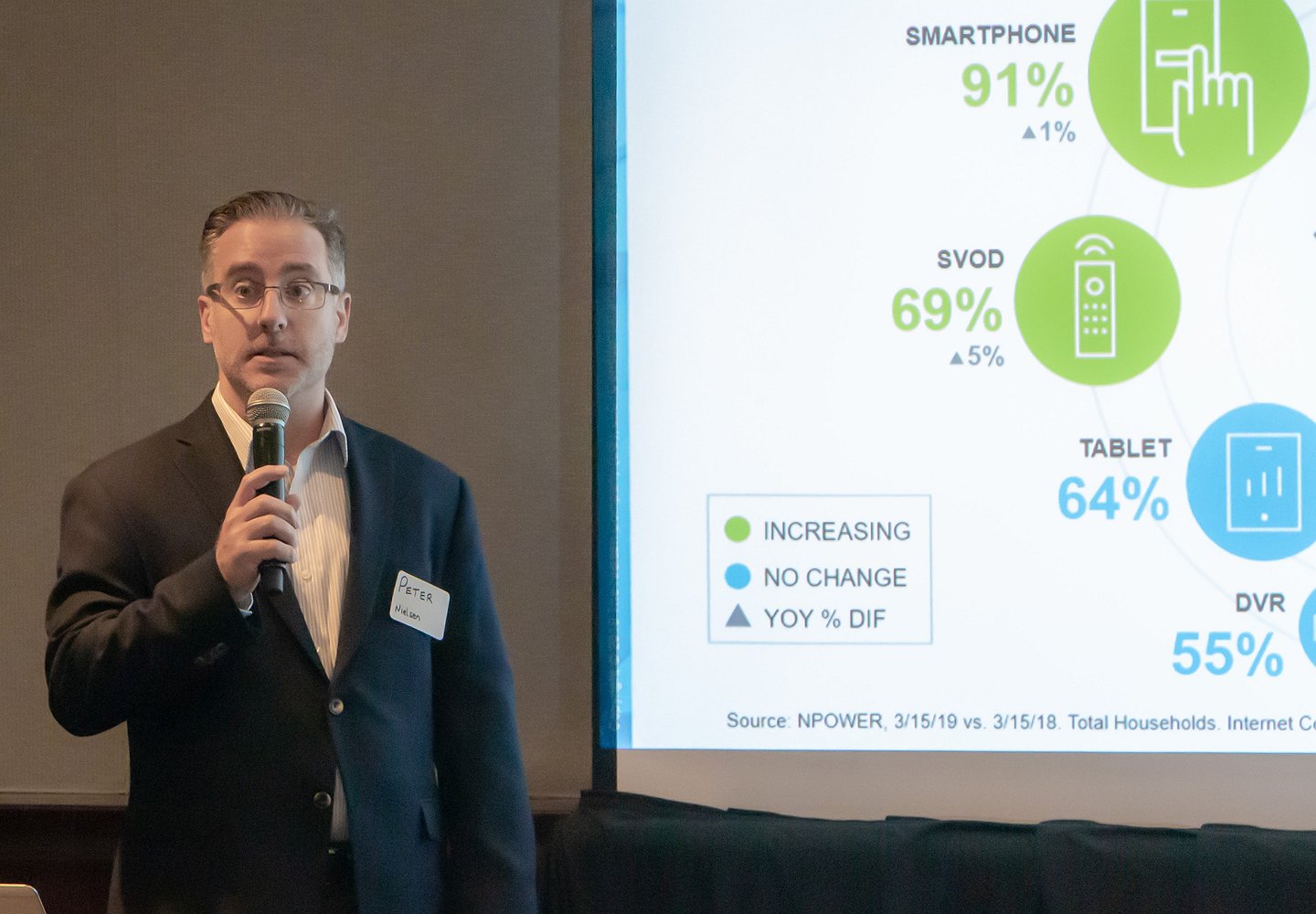While some in the press called the recent NBCOne Developer Conference “nerdy” it was, in fact, fascinating. The purpose of this 2nd annual meeting was twofold. First was to announce the many new innovations that NBC has added to their One-Platform. Second was a call to action on the part of the industry to foster more collaboration between vendors, programmers, marketers and overall competitors to accelerate the advancement of measurement and implement and adopt alternative currencies.
One panel which highlighted the recent announcement of a long awaited JIC (Joint Industry Committee), summed up the importance of working together as an industry, crossing self-interested lines for the greater good. The goal is to establish a mutually acceptable audience measurement for both the buy and sell side of the industry.
Also presented at the conference were panelists who spoke about the value and efficacy of NBCU’s One Platform, how is it best used across departments and disciplines. NBCU’s Linda Yaccarino, Chairman Global Advertising and Partnerships, noted that when it comes to Big Media and Big Tech, it is important to have both because of the need for data unification and content in one platform. Therefore a JIC is vital to facilitate the breakdown of data silos for a mutually acceptable range of measurements to that position companies to maximize their value. This requires us to move away from single solutions, move away from simply counting impressions and a move to a multi-currency future (which, incidentally, is available now).
Other highlights included an interview with Apple co-founder, Steve Wozniak by CNBC’s journalist, Carl Quintanilla, on the future of AI where, according to Wozniak, computers are not meant to replace humans but to help them and that the path to success will be filled with errors and missteps.
According to Ryan McConville, EVP Advertising Platforms & Operations, NBCU, new and improved features of One Platform include the ability to activate on multi-currencies through iSpot and VideoAmp that optimize within the life of a campaign. He also announced a partnership with Mediaocean that enables end-to-end capabilities for transactions which facilitates scaling.
John Lee, NBCU’s Chief Data officer announced that NBC Unified is now ready for targeting and measuring. Notably, the use of data from trusted first party sources (their advertisers) can now be matched with NBC IDs that include data from content, their fans passions and even theme parks. There are new advertiser segments for measurement that match to real outcomes.
Deborah Wahl CMO GM presented a use case for NBC showcasing how the Platform was used to identify consumers for their electric cars last year and how it will be used this year for launching EVs in all classes from luxury (Cadillac) to mainstream (Chevy).
Andy Cohen, Host and Executive Producer for Bravo, talked about the success of Fandom and used Bravo as an example with BravoCon while NBCU’s Global CMO, Josh Feldman spoke about eCommerce and Retail Media. Feldman announced the debut of One Platform Commerce partnerships with retail media Citris Ad and NBC Checkout which enables seamless purchase capabilities in partnership with Kerv Interactive. There is also Tech licensing for commerce technology which is a new business opportunity for NBCU.
NBCU’s EVP Measurement & Impact, Advertising & Partnerships, Kelly Abcarian, championed “let there be change” facilitated with iSpot and VideoAmp. She also predicted that currencies in use today such as C3 and C7 will be out of date by 2024. Notably, NBCU has now “certified” 29 new partners and 5 different measurement categories.
For those of us who have seen the advancement of technology and data with a sense of excitement, these developments and predictions and the expansion of systems such as NBCU’s One Platform, bode well for an industry that needs to keep up with change. As David Levy, Co-CEO and equity partner in Horizon Sports noted, maybe we are approaching a measurement renaissance.
First published in www.MediaVillage.com Thought Leaders
Artwork by Charlene Weisler


 "
"
